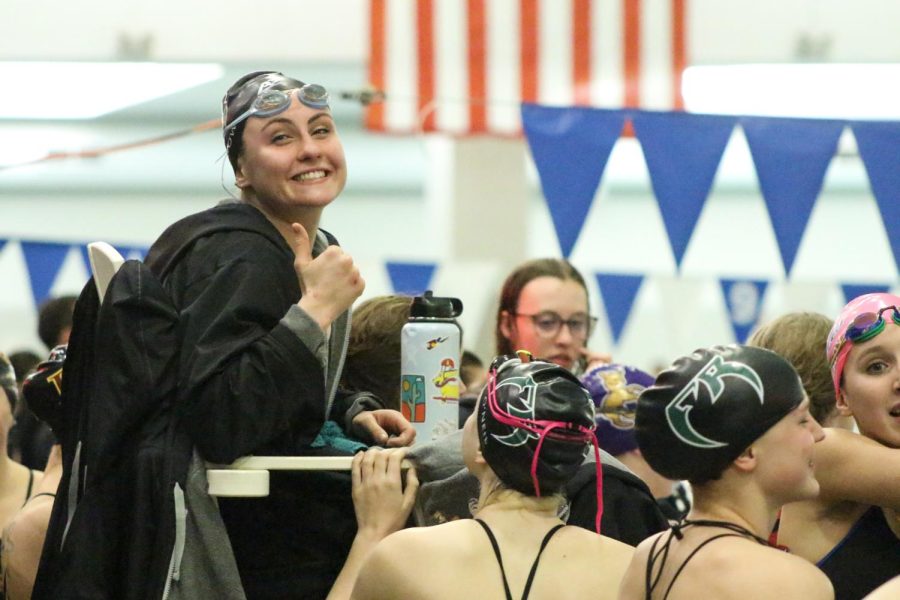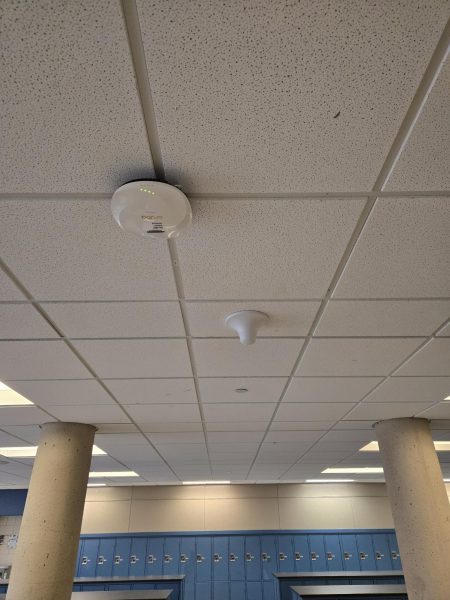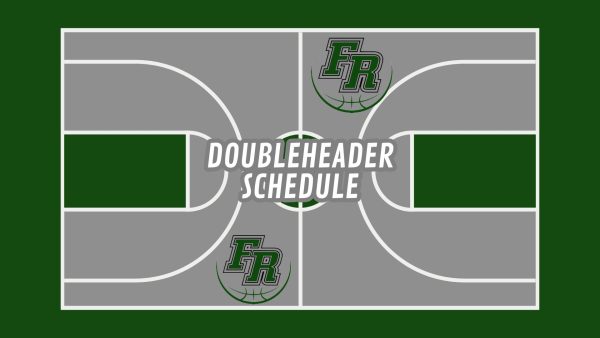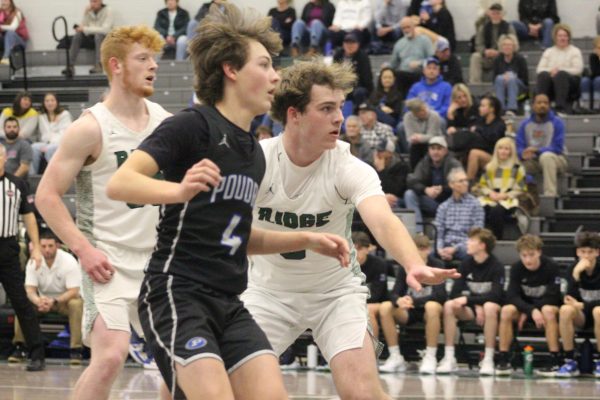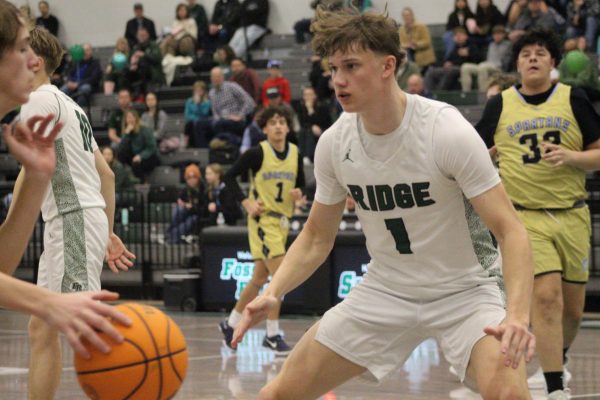The nuanced world around college recruiting, and how to navigate it
Senior swimmer Kenadie Glasgow is one of many Fossil students committed to a division one program.
For many coming out of high school, the biggest decision in their life is where they want to go to college. However for athletes, that decision becomes a lot more complicated.
While your process depends a lot on your sport, for most recruiting starts at the end of their sophomore year. For Wyoming commit and senior Kylie Ballek, everything started on June 16.
“That’s when coaches could start contacting you,” Ballek said. “Normally you send out emails [before a tournament]…then hopefully they’ll come watch you play.”
For many athletes looking to play division one, the highest level of competition, these deadlines become tighter than most. In addition to Ballek, that was the case for junior Delaney Ewing, who has already committed to the University of San Francisco, has spent the majority of her high school career preparing for the next level. After the school season ends in November, Ewing spends her time competing in a variety of camps all across the nation.
This has been a continuing trend across high school sports, as the recruiting process has begun earlier and earlier as the years go on. Jamie Menefee noticed the landscape changing before his very eyes.
“I’ve been coaching high school sports for almost thirty years,” Menefee said. “[It went] from really concentrating on playing the high school sport…then if that turns into a college opportunity then it does…now as freshmen they’ve already started looking at colleges.”
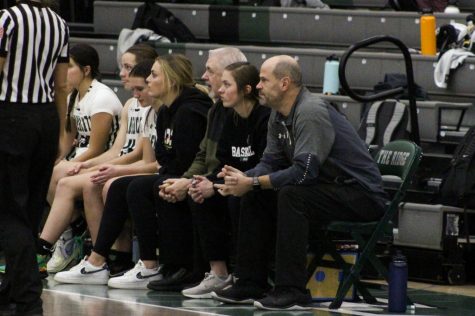
However this early approach has benefited several athletes, including senior and University of Miami-Ohio commit Kenadie Glasgow. Glasgow decided to commit during the middle of her junior year, similar to both Ewing and Ballek.
“I know for some people it helps to wait, but for me I came home from my official visit [from Miami] knowing this is exactly what I wanted,” Glasgow said.
Another major part of the recruiting process now is the focus on club seasons. For the three athletes featured in the article, club seasons play a major part in both keeping them engaged all year along with giving more film to send out to coaches.
“Without video it’s kind of hard for [coaches] to know what type of player you are,” Ballek said.
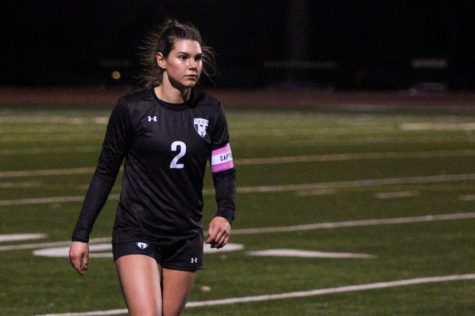
Menefee noticed the shift away from high school and more to focusing on sports outside of school, as oftentimes basketball elite camps interfered with early Fossil basketball camps hosted by the school. While the players who were unavailable were certainly missed, Menefee mentioned that he believed this new dynamic changed nothing in the long run.
Skill isn’t the only thing that coaches look for in the process, as an athlete’s academic success along with their attitude play a major portion in deciding if a recruit is a fit for the program.
“You need to try hard in both school and your sport,” Glasgow said. “And work on your time management, to fit in calls with coaches while getting to practices and getting your homework done.”
“You have to be comfortable texting the coach and being yourself,” Ballek said. “They want to see who you are both on and off the field.”
However the recruiting path looks different for everyone, there are successful athletes who choose to either commit late, explore lower options like junior college for playing time, or even to walk-on and earn a spot on a team that way.
Luckily in the age of technology it is easier than ever to communicate with college coaches including email, text, or recruiting websites like Field Level. But most importantly, it is best to make a decision that is true to yourself and go with your gut.
“It’s all about knowing what’s right for you,” Ewing said.
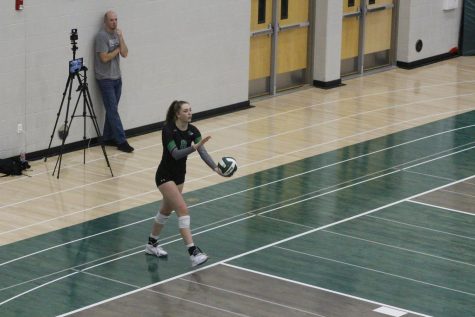
Your donation will support the student journalists of Fossil Ridge High School. Your contribution will allow us to purchase equipment and cover our annual website hosting costs.

Dylan Heinrich is a Senior at Fossil Ridge High School. This will be his second year writing for Etched in Stone. His primary passion is sports, which he writes about almost exclusively. He also currently writes sports articles for the Rocky Mountain Collegian at Colorado State University.
A goal...



